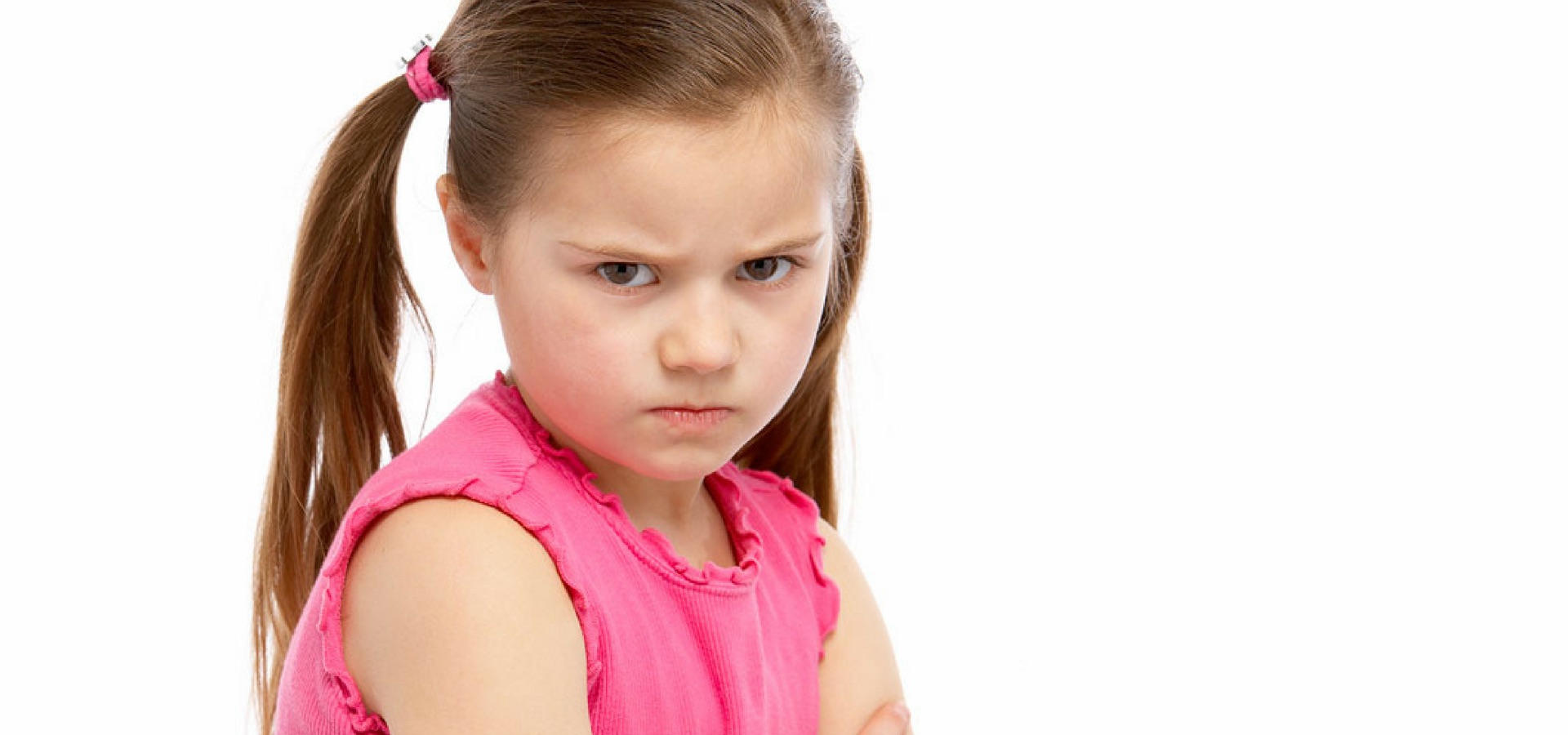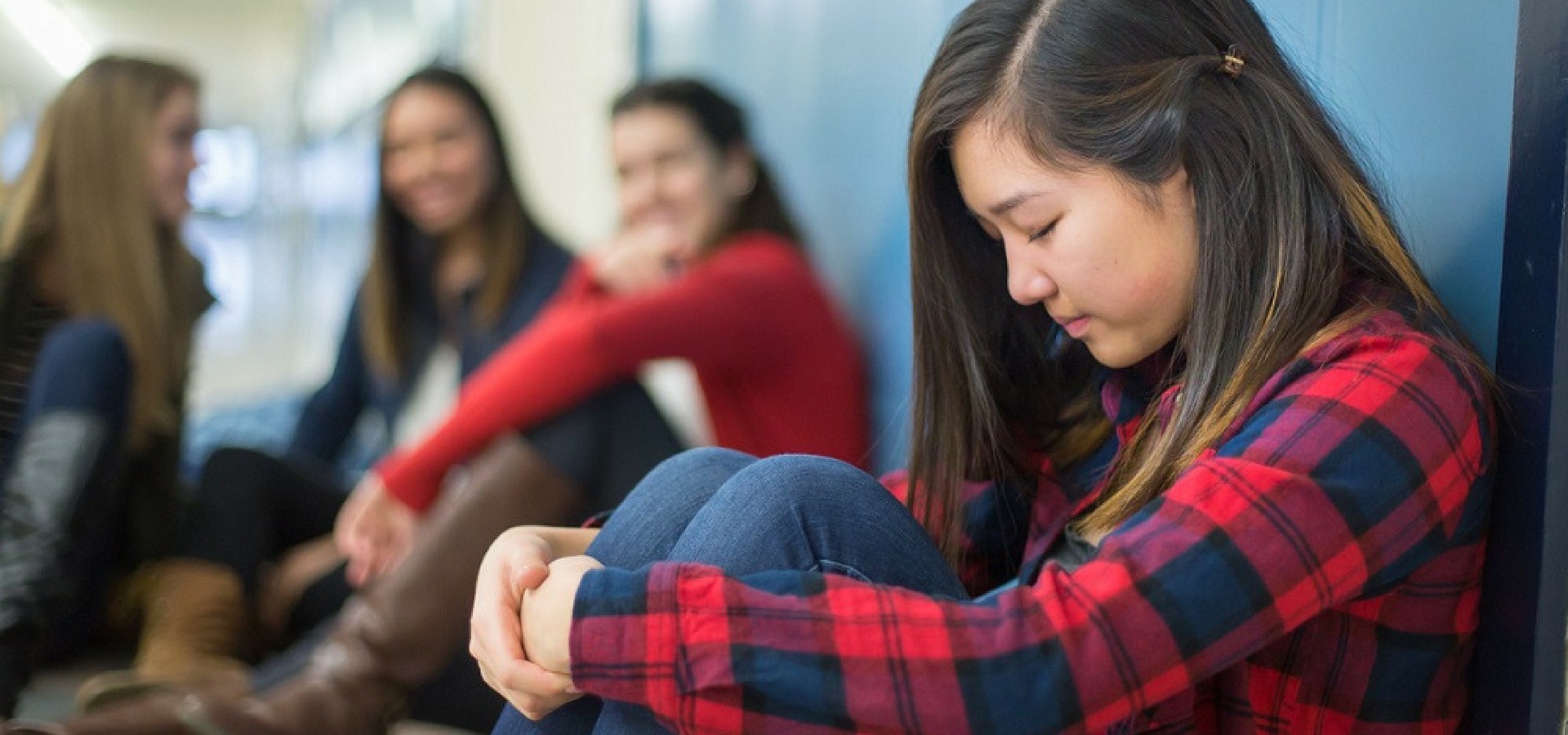First Comfort the Victim. The next time you witness younger children fighting or hurting one another, your first response should be to comfort the victim without pity or drama. If possible, you should also include the aggressive child in comforting of the victim. Ask him to retrieve a cloth, a blanket, or even a drink of water if it’s appropriate. Be sure to use a quiet, calm and respectful tone as you take control. Your immediate feelings may involve anger or frustration toward the aggressive child, but maintain control and stay calm. Once the drama has cooled and the victim is cared for, take the aggressive child aside and remind him calmly and respectfully about boundaries and acceptable behaviour. This more peaceful response to the situation will provide an outstanding model and learning tool for both children.
What is Bullying? Bullying is any form of physical, emotional, or verbal mistreatment in which one holds an unequal power over another, purposely and repeatedly with the intent to hurt or humiliate. A bully can be one tough kid harassing someone who is different in some way. A bully’s behaviour can be as simple as name-calling or as serious as confrontation resulting in injury. No child is ever exempt from being picked on by a bully at some point in his life, and neither are adults. In a recent study released by the American Medical Association, it was estimated that 3.2 million children are victims of bullying each year. Being able to defend oneself when attacked by a bully requires both courage and skill – traits you can begin instilling in your child at any age.
Teach Them How Not To Be A Target. A bully’s common target is someone who demonstrates a lack of confidence and exhibits characteristics of weakness or insecurity. Teach your children to stand tall, use a full voice, look the other child directly in the eyes, and exhibit confidence when stating what they want. If your child does this, it will help to reduce the risk of being targeted by an aggressive child. You can teach this to your child by modelling it yourself. The most effective way of teaching children a new behaviour is to role-play with them. Allow them to see what the behaviour looks like by modelling it for them, then allowing them to practice. A child who stands, acts with and speaks with confidence is less likely to become a target of a bully.
Teach your children. Teach them that they have the power to stop anyone from touching them, hurting them, or taking their things. One of the most effective actions you can teach your child is described in many self-defence and confidence courses. Stand tall and erect, and distribute weight evenly on both feet. Hold your head high, extend their hand straight out in front of them with their flat palm toward the other child, saying “STOP!” in a loud and strong voice. A bully halted in his or her tracks by a child drawing a clear, personal, physical or emotional boundary is more likely to walk away, often even respecting a child who had represented a potential victim.
- What If My Child Won’t Take No for an Answer? - November 26, 2025
- Dealing with Your Child’s Power Struggles - November 26, 2025
- Are You Raising a Praise Junkie? - November 25, 2025





